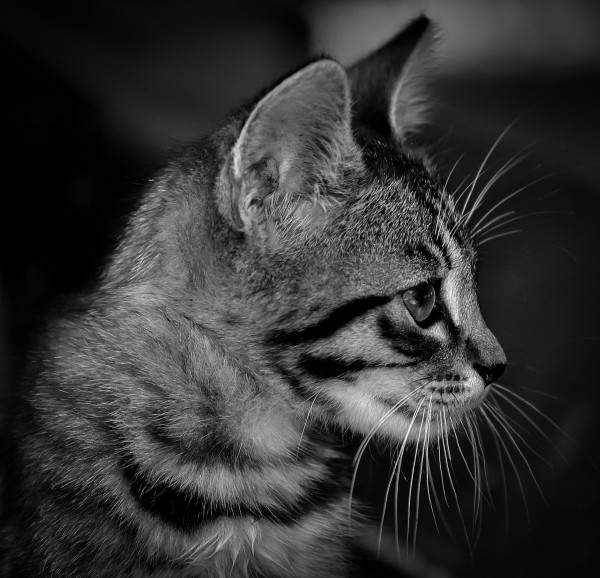What is Tight Regulation?
The Tight Regulation (TR) protocol used on DCI is based on a revolutionary protocol developed by the veterinarian Dr. Elizabeth Hodgkins, DVM, using US Bovine PZI insulin – not to be confused with Hypurin Bovine PZI from the UK, which is a very different type of bovine PZI insulin. (Please note that Dr. Hodgkins is not affiliated or associated with DCI in any manner and is not responsible for any of its content). Since then, based on the test logs of cats using the protocol on various forums, it has evolved and has been adapted and used on all insulin types, helping hundreds of cats.
The goal of TR is to bring diabetic cats into a diet-controlled remission where insulin is no longer needed, or, if that is not possible, into much better health through a combination of a species-appropriate diet and an insulin dosing strategy that can best be summarised as “The right amount of insulin at the right time”.
The aim of Tight Regulation (TR) is to bring cats into, and keep them in, normal range blood glucose numbers: 45-130 mg/dl (Imperial Measurement) or 2.5 -7.2 mmo/L (Metric measurement).
Note: Which measurement you use depends on what country you live in. The US, most of South America and primarily southern European countries still use the Imperial Measurement. Canada, Australia, the UK and many northern European countries use the Metric Measurement.
What is a species appropriate diet?
Cats are obligate carnivores: they need meat to survive. Their entire digestive system has evolved to get the nutrients they need from meat, not from cereals or fruit!
The correct diet for a cat is one that is:
1) High in Protein (45-70% on a dry matter basis)
2) Moderate in Fat (15-35%)
3) Low in Carbohydrates (3-5%)
4) High in Moisture
The above figures contrast with the typical composition of dry cat food with its only Moderate Protein (22-34%), Low Fat (10-25%), Very High Carbohydrates (35-50%) and Very Low Moisture.
A high carbohydrate diet, due to the large quantities of inappropriate cereals in dry cat food, is one of the leading causes of Feline Diabetes.
The appropriate food for your cat is a 100% low-carbohydrate (under 10% carbohydrates on a dry matter basis) wet food.
IMPORTANT: If your cat is on a high-carbohydrate diet and also on insulin at the moment, you need to follow the Detox Process to ensure the transition to 100% low carbohydrate wet food is done safely and to protect your cat against a clinical hypo. Do NOT change food without joining the DCI forum and letting us help you do that step by step.
What does “the Right amount of insulin at the Right time mean”?
Normal vet protocols are based on dosing the same amount of insulin at fixed times (usually every 12 hours) – regardless of the blood glucose (BG) level or of the duration of the insulin used – and there are big differences between different insulins.
In most cases the BG is not even known, as home testing is not suggested or done.
With TR, both the dose and the timing are adapted to the cat:
• The “Right Amount” of insulin means using a scale approach instead of fixed dose of insulin: the amount of insulin dosed depends on the BG test at the time you go to dose.
• The scale used depends on the type of insulin being used.
• Higher BGs need more insulin to bring the cat down into normal range (45-130 mg/dl – 2.5 – 6.7 mmo/L)……… lower BGs need less insulin for the cat to drop into normal range.
• With the scale approach, you therefore administer higher doses of insulin for higher BGs and lower doses for lower BGs.
• The “Right Time” means dosing insulin as long as certain criteria (which depend on the insulin being used) are in place
• With TR we dose earlier than the vet protocol as long as those criteria are in place.
Complete information about the different insulines, how they usually work on cats, their starting scales and dosing criteria may be found on the DCI Forum.
Please join us on the DCI Forum for full information on how Tight Regulation can help you help your cat!
DCI FORUM
Associated Articles:
- Feline Diabetes Treatment
- TR Success Stories – Cats no longer needing insulin!
- Testing your cat’s blood glucose at home
- Insuline & Storage/Handling
© Diabetic Cat International 2015 – 2022

